Rare Rides: A 1995 Ford Falcon XR6 Ute - Trucking With Tickford

Though North Americans were offered a few car-turned-truck vehicles like the Ford Ranchero and Chevrolet El Camino between the 1950s and 1980s, domestic appetites for ute-type vehicles never approached that of Australia. Down Under, interest in such vehicles persisted for over 80 years.
Let’s take a look at one of the most popular types, the Ford Falcon.
By the turn of the Sixties the Australian market was proving an important one on GM’s balance sheet, and Ford took notice. Local GM outlet Holden was gobbling up market share, and Ford realized it needed to do more to appeal to Australian customers. Prior to the Falcon, Australians were offered Ford’s British-market family sedans. Throughout the Fifties, that meant the mid-market Zephyr and upscale luxury variant Zodiac.
In the late Fifties, Ford determined it was worthwhile to build a new Australian family sedan locally. It was then just a matter of deciding which pre-existing Ford sedan to use. Initially Ford Australia planned to source production dies for the Zephyr and Zodiac from Ford Britain, but Ford’s Australian executives took a trip to the U.S. in 1958 and got a sneak peek of the new Falcon. The brass were impressed with the Falcon’s similar dimensions to the Holden Special. It was also larger than the British offerings, could hold six passengers, and was available with an automatic transmission. Advantage: Falcon.
A factory was built outside Melbourne in 1959, and the American Ford Falcon entered Australian market production in 1960. The model’s first two generations were both American-market Falcons built locally, though that changed with the third generation in 1972, after Falcon production in the U.S. ended. And that meant Ford Australia had more free will to make the Falcon their own design.
Immensely popular, the Falcon persisted through the next decades, entering its fifth generation for 1988. A product split occurred at this time: The sedan and wagon Falcons moved on to the new EA series, while the ute and panel van versions continued on the prior XF platform. They were refreshed from the XF into the derivative XG in 1993. That brings us to today’s ute. Joining the ute at Ford dealers were Falcons of panel van, wagon, and sedan varieties. Engines were of inline-six configuration, offering displacements of 3.2, 3.9, or 4.0 liters (XG only). Transmissions had three or four speeds if automatic, or five if manual.
Various trims were available, with Fairmont being the luxury pinnacle of the range. The most performance-oriented version of the ute was the XR6. A limited edition offering, Ford partnered with British tuning company Tickford (a name we’ve heard on Rare Rides before). Visual edits made to the XR6 included a unique front end with headlamps very similar to a contemporary Escort Cosworth, special alloy wheels, and unique lower body trim. Tickford also reworked Ford’s 4.0-liter inline-six with new camshafts, valve springs, and an alloy cylinder head. On the tech front, the ECU was reprogrammed. These changes meant 220 horsepower, up from the stock engine’s 198. A five-speed automatic was the sporty transmission of choice.
The XG line of utility Falcons was short-lived, and was soon replaced with another refresh, XH, in 1996. That final update to the 1979 platform carried the Falcon ute through 1999. At that point, all Falcons were reunited under the new AU platform.
Today’s XR6 was for sale in Michigan earlier this year, imported by an owner who split his time between Seattle and New Zealand. With 121,000 miles, the very rare ute sold for $8,600.
[Images: seller]

Interested in lots of cars and their various historical contexts. Started writing articles for TTAC in late 2016, when my first posts were QOTDs. From there I started a few new series like Rare Rides, Buy/Drive/Burn, Abandoned History, and most recently Rare Rides Icons. Operating from a home base in Cincinnati, Ohio, a relative auto journalist dead zone. Many of my articles are prompted by something I'll see on social media that sparks my interest and causes me to research. Finding articles and information from the early days of the internet and beyond that covers the little details lost to time: trim packages, color and wheel choices, interior fabrics. Beyond those, I'm fascinated by automotive industry experiments, both failures and successes. Lately I've taken an interest in AI, and generating "what if" type images for car models long dead. Reincarnating a modern Toyota Paseo, Lincoln Mark IX, or Isuzu Trooper through a text prompt is fun. Fun to post them on Twitter too, and watch people overreact. To that end, the social media I use most is Twitter, @CoreyLewis86. I also contribute pieces for Forbes Wheels and Forbes Home.
More by Corey Lewis
Latest Car Reviews
Read moreLatest Product Reviews
Read moreRecent Comments
- V8fairy Not scared, but I would be reluctant to put my trust in it. The technology is just not quite there yet
- V8fairy Headlights that switch on/off with the ignition - similar to the requirement that Sweden has- lights must run any time the car is on.Definitely knobs and buttons, touchscreens should only be for navigation and phone mirroring and configuration of non essential items like stereo balance/ fade etc>Bagpipes for following too close.A following distance warning system - I'd be happy to see made mandatory. And bagpipes would be a good choice for this, so hard to put up with!ABS probably should be a mandatory requirementI personally would like to have blind spot monitoring, although should absolutely NOT be mandatory. Is there a blind spot monitoring kit that could be rerofitted to a 1980 Cadillac?
- IBx1 A manual transmission
- Bd2 All these inane posts (often referencing Hyundai, Kia) the past week are by "Anal" who has been using my handle, so just ignore them...
- 3-On-The-Tree I was disappointed that when I bought my 2002 Suzuki GSX1300R that the Europeans put a mandatory speed limiter on it from 197mph down to 186mph for the 2002 year U.S models.



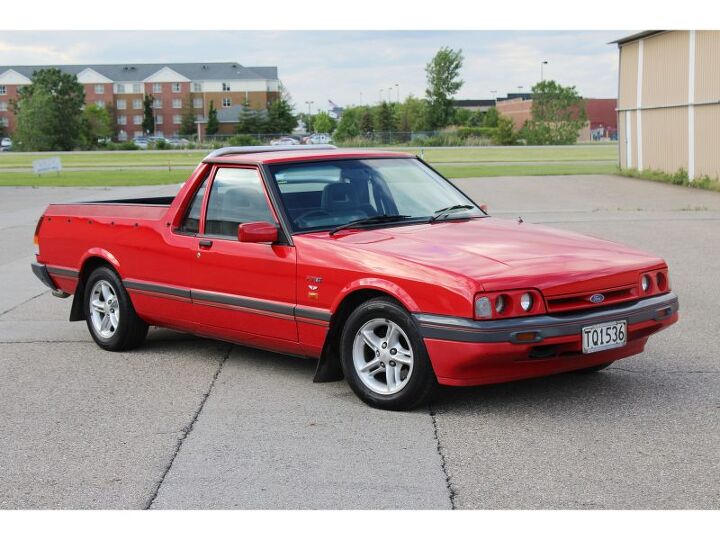




















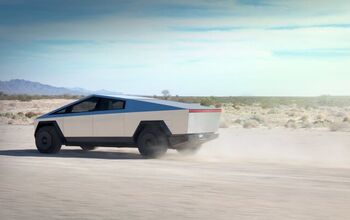


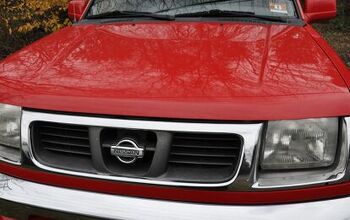
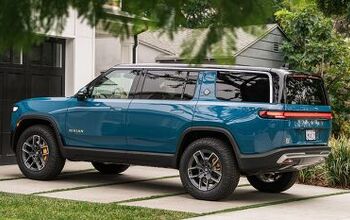
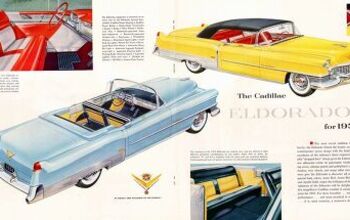
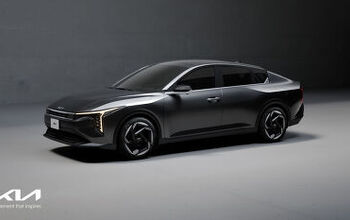
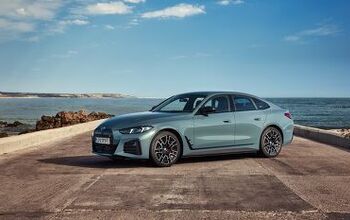
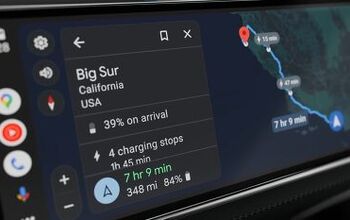
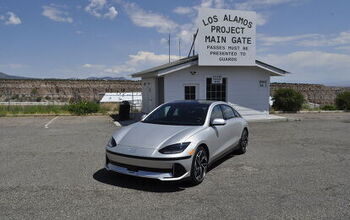
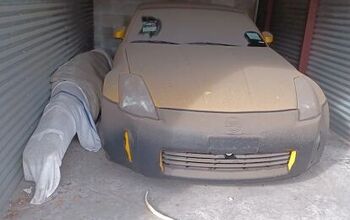

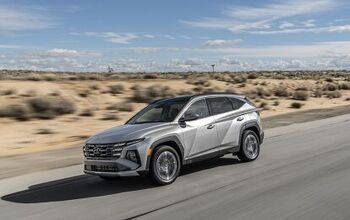
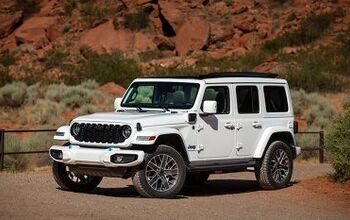
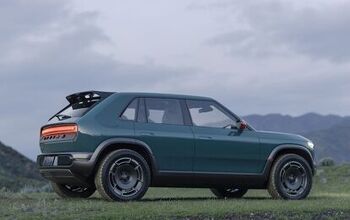
Comments
Join the conversation
A little research unearthed the following. Australian Ford sometimes used the grilles from Canadian Meteors. Ford 'utes sometimes used the chassis designed for Ford convertibles and were manufactured in Canada. And this excerpt from an Australian newspaper: 'The new 1957 Customline and Mainline, announced last week by Ford Motor Company of Australia/ already have an Australian content of 80 per cent. Australian content of the Ford v8 Customlines and Mainline utilities is to be raised to 85 per cent. Previously imported components of the Customline and Mainline to be changed to Australian content, include Instrument panels, fenders and bonnets, rear axle assemblies and wind screen glass. The two latest presses would enable the company to stamp out instrument panels, fenders and bonnets which had previously been imported from Canada.'
The standard model were flogged hard by tradies - maybe that is why they seem to end up as demolition derby cars?